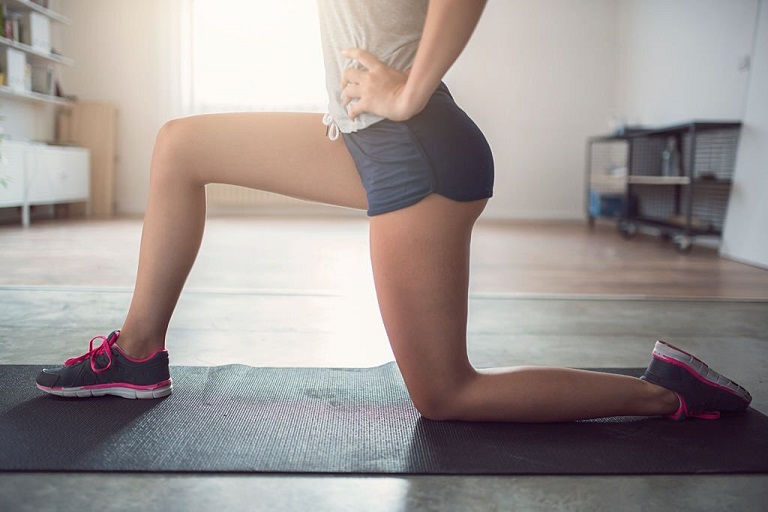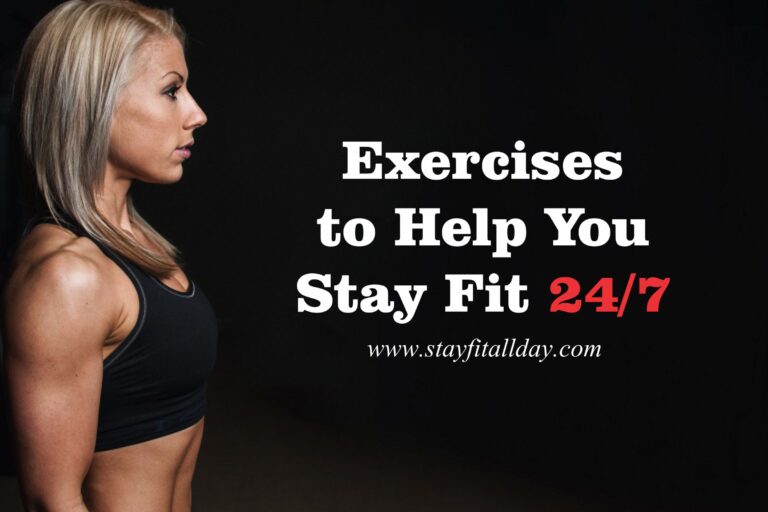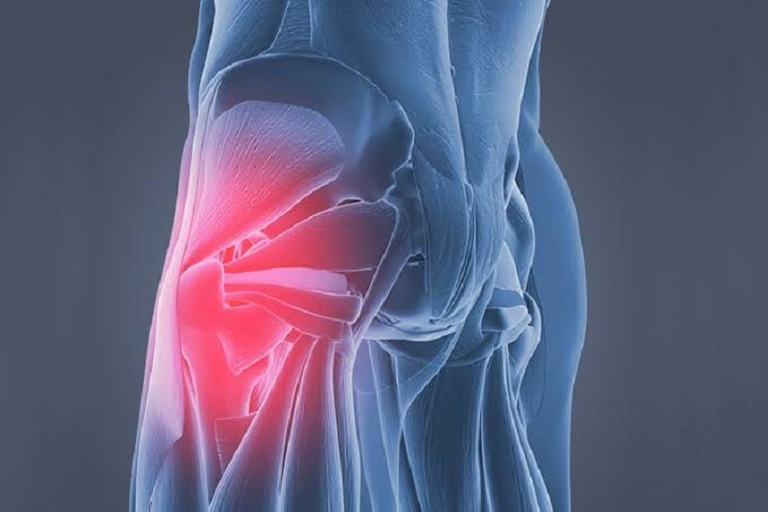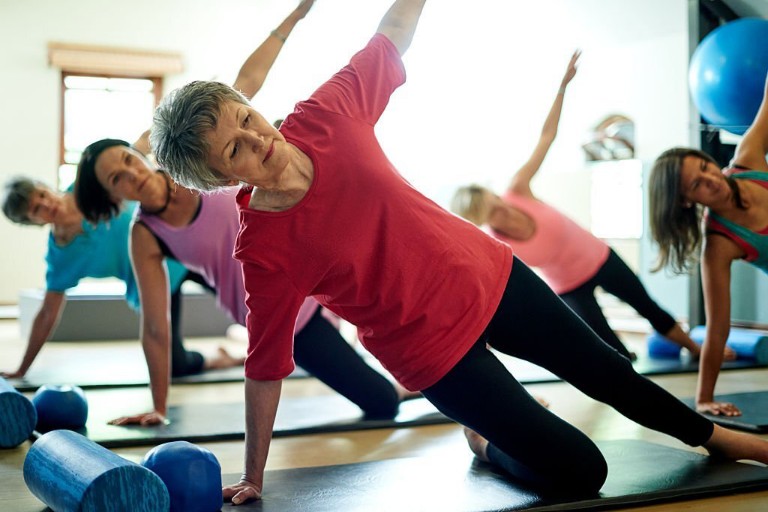Hip flexors are the engine through which our body moves. Hip flexors control our balance, our ability to sit, stand, twist, reach, bend, walk and step.
Everything goes through the hips, and when the hip flexors tighten, it causes a lot of problems in healthy and active people like us. When your hip flexors begins to feel tight, you know that is a sign of tight hip flexors.
I am certain you have been informed at work to stand up and move away from your work stations or make use of a standing desk where possible. The reason for doing this is to activate and stretch the hip flexor area.
In case you are just hearing about the hip flexors for the first time and wondering why they are so important and what happens if they get weak and tight, this article will explain all you need to know about the hip flexors.
What are hip flexors?
The hip flexors are a group of muscles around the upper and inner thighs and pelvic region that help power nearly every movement we perform. Running, jumping, and even just standing require proper flexion and stabilization of the hip flexors.
Hip flexors are the powerful muscles located at the front of your hip. They include:
- The psoas major and psoas minor, which join the femur to the spine.
- The iliacus, which runs from the pelvis to the femur.
Hip flexors are activated when you raise your knee towards your chest. The hip flexors aid our movement e.g. walking, running etc.
They are also very essential when engaging in sport activities, as they flex the hip, and work with the quadriceps to stretch the knee when you need to run or kick. A sportsperson with a tight hip flexor will experience troubles running or kicking.
The hip flexors also work with the glutes and other muscles of the torso to stabilize the spine – which makes them important for posture.
What happens when the hip flexors become tight?

You may experience excruciating pain when trying to climb up the stairs, run or even walk as a result of tight hip flexors. Tight hip flexors can cause walking and standing erect to be hard because they draw your spine down; causing you to lean forward, which as a result strains your lower back muscles.
An imbalance between the hip flexors and the opposing muscles drawing your torso in the opposite direction can result to lower back pain.
Tight hip flexors.
Tight hip flexors can decrease the range of motion of your knee, causing your knee to become stiff. When your knee become stiff and does not bend as it should, it can result to knee pain.
In general, tight hip flexors can cause your joints or muscles to function in an irregular way and this can result to hip flexor injury.
How to strengthen hip flexors.
Just like every other muscle, the hip flexors lose strength and mass as a result of lack of exercise.
Another factor that causes tight hip flexors is sitting for prolong period. Sitting for long hours can cause the psoas muscles to become short and tight. This is the main reason why several health-care professionals advise taking a break from sitting too long or go for a standing desk when you know you will be spending long periods at a work desk.
The hip flexors should be both strong and flexible at all times.
How to stretch hip flexors.
Stretching exercises to improve flexibility of the hip flexors include:
- Lying on your side and pulling one foot to your buttock, while keeping your knees close together
- Stepping forward into a lunge, going as low as you can while keeping your torso upright.
Both stretching exercises should make you feel the stretch along the front of your upper thigh.
Hold the stretches for about 30 seconds and repeat two to three times on each side. It is advisable to perform these stretching exercises daily or at least three time a week in order to slowly improve flexibility.
If you work at a desk for lengthy hours, it is advisable to perform some stretching exercises in short breaks during the day.
To strengthen hip flexors, you can lie on the ground facing up and do straight leg raises (raise one leg at a time), while keeping your arms on the floor together with your torso.
This process takes the strain off your lower back, making it easier to do it one by one.
Another effective hip flexor exercise is the mountain climbers. To perform this hip flexor exercise, you are required to take the push-up position and raise one leg at a time to your chest. This can be performed gradually to start with, or quickly as you gain strength and fitness.
Strong and flexible hip flexors.

Regular exercise helps keep your hip flexors strong and flexible. If you have not started exercising, the hip flexors exercises mentioned above will help you get started.
Join the hip exercises with gentle stretches and some aerobic exercise like walking, jogging, cycling or swimming.
Always remember to begin softly and slowly increase the intensity, duration and frequency of the sessions.
Inability to take care of your hip flexors can result to limited range of motion, posture problems, injury and back pain.
Conclusion:
Strong hip flexors are particularly important for active people and athletes, as studies have shown links between weak hip flexor stabilizing muscles and injuries.
Why do the hip flexors matter? Not only because most people don’t focus on strengthening their flexors, but also because every day we do things that both weaken and tighten them. If you are experiencing hip flexor pain and seek helpful ways to loosen tight hip flexors and relieve yourself of hip flexor pain and back pain, I advise you learn how to Unlock Your Hip Flexors.






